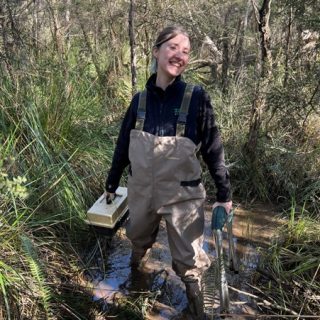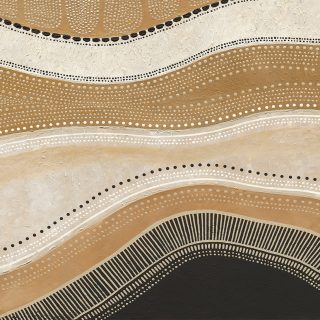Biosis NSW Heritage Consultant’s thesis wins at the 2025 Australasian Society for Historical Archaeology Awards
Megan Porter, historical heritage consultant at Biosis, who has been awarded the 2025 R. Ian Jack Award for Best Honours Thesis at the 2025 Australasian Society for Historical Archaeology (ASHA) Awards.
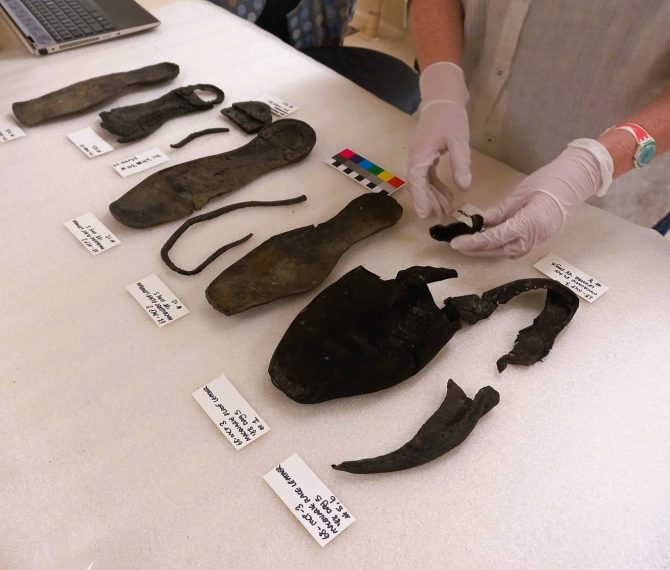
Footprints from the past creating fresh steps in historical archaeology
We are thrilled to celebrate Megan Porter, historical heritage consultant at Biosis, who has been awarded the 2025 R. Ian Jack Award for Best Honours Thesis at the 2025 Australasian Society for Historical Archaeology (ASHA) Awards. Her thesis, titled "Saved by the Well: Historical Leather, Textile, and Rubber Footwear from a Mid-Nineteenth Century Archaeological Deposit on Macquarie Place, Sydney", has been recognised for its technical excellence, theoretical sophistication, and meaningful contribution to the field of historical archaeology.
An assemblage of unique historical artefacts
Megan’s research focuses on a unique and underexplored archaeological collection: a cache of waterlogged footwear preserved in a well uncovered at Macquarie Place, in the heart of Sydney’s CBD. These mid-19th-century leather, textile, and rubber shoes were part of an urban domestic rubbish deposit associated with the Royal Admiral Hotel, operated by the Pilfold family.
The hotel, located on a key colonial thoroughfare leading to the newly constructed Circular Quay, catered to a wide array of travellers, expatriates, and maritime workers.
Despite being excavated more than three decades ago, the Macquarie Place footwear collection had remained largely unstudied - until now.
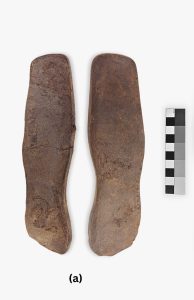
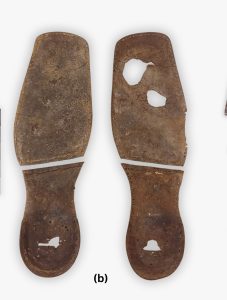
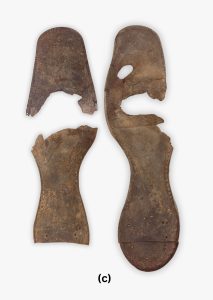
Some footwear shapes and components from Macquarie Place
Reconstructing Lives from Discarded Shoes
Megan’s thesis takes an assemblage-based approach, combining archaeological analysis with historical documentation to reconstruct the social and cultural lives of the people who once walked Sydney’s streets. By examining the manufacture, wear, repair, and discard patterns of the footwear, she was able to interpret not just how these items were used, but what they meant to the individuals who wore them.
Her research draws on innovative theoretical frameworks, such as embodiment, personal adornment, value, and identity, to explore how shoes, as intimate everyday objects, reflect broader themes of colonialism, consumerism, globalisation, and industrialisation.
Megan found the effort that people went into repairing and maintaining their shoes impressive, “This assemblage was particularly interesting to me, because it combined both shoes that were well maintained and repaired over and over, and also ready-to-wear cheaper shoes: the early signs of a mass-produced footwear industry that was emerging in Australia in the 1850s.”
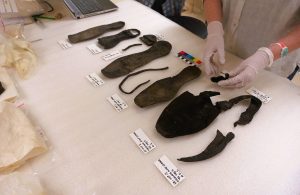
Megan organising part of the footwear collection
A New Path Forward in Historical Archaeology
The judges from ASHA praised Megan’s “technically outstanding” analysis and her skillful integration of complex theoretical concepts. Her work builds upon a small but growing foundation of archaeological footwear studies in Australia, providing a model for future researchers and opening the door to inter-site comparisons of similarly overlooked collections.
Importantly, the thesis repositions footwear not merely as clothing, but as artefacts that embody historical change and individual experience, linking the personal with the global. Her thesis contributed to shedding light on the site’s contextual history and demonstrated early traces of the path to global mass-consumerism.

